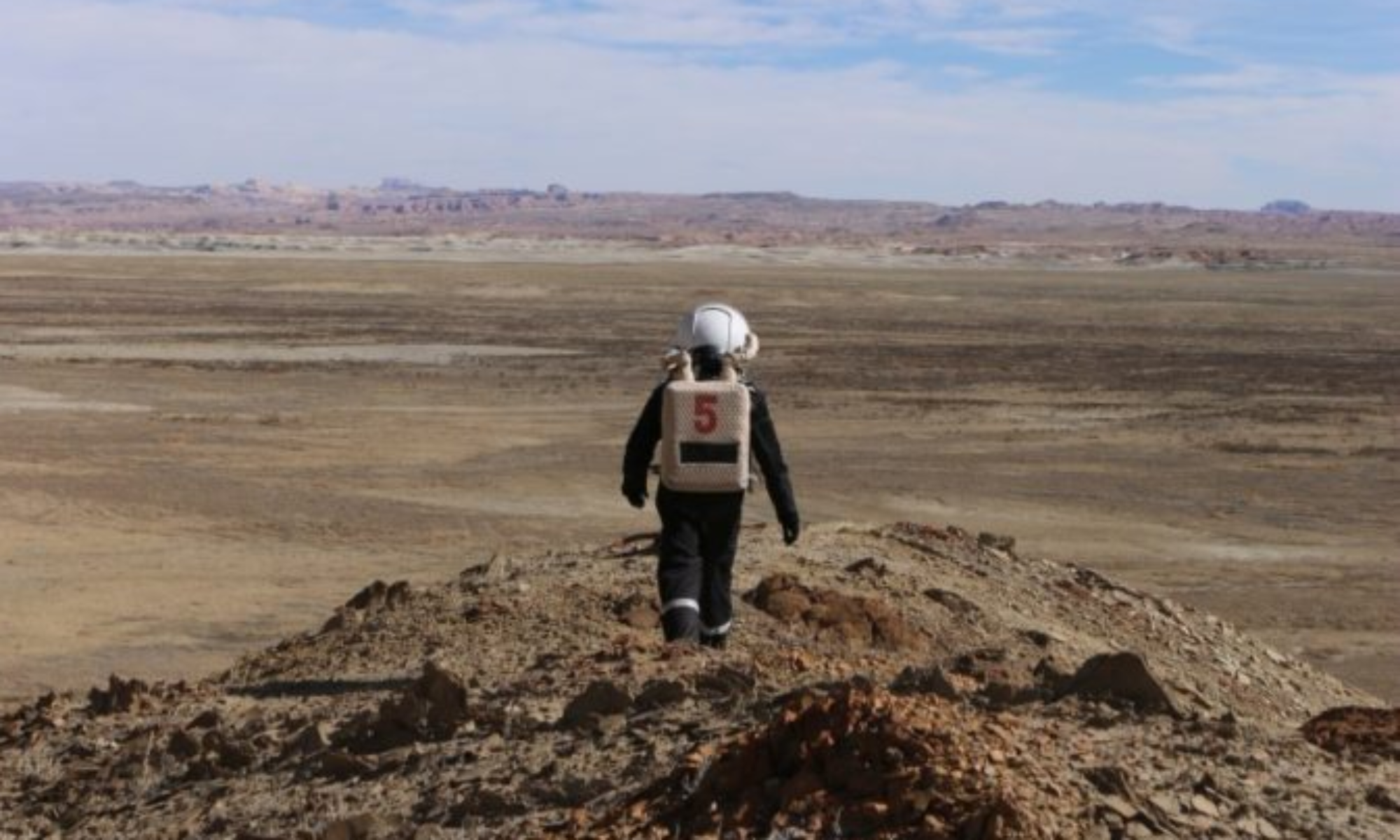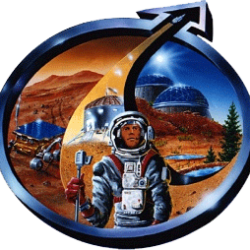SOL 15: Crew 311 draw its path in the Desert and on Paper
03:15 PM: Today, the Martian sky was covered with clouds. Quentin, Robin, and Meddi had planned an EVA the day before but had to wait for confirmation from Mission Support this morning, thirty minutes before their departure. Any weather event is a good reason to cancel an EVA on Mars, but the weather remained favorable, allowing our three companions to venture further than they ever had before. Their EVA took place in an unexplored region of MDRS crews from ISAE-SUPAERO: Sea of Shells. They took many drone photos to create a 3D map.
This week, roles are reversed. Erin and Célyan will first retrieve the beacons scattered in the area using a 2D map while Somaya and I can study their location using the 3D map generated via photogrammetry. Meanwhile, I concluded the first phase of the HUMANISE experiment. This involves testing different teleoperation methods with the goal of controlling rovers directly from the Moon or Mars during future manned missions. We all tested operations via PS5 controllers and now we will pilot our robot using a virtual reality headset!
05:31 PM: This afternoon, the entire crew discussed optimizing space and furniture arrangements in the HAB, our main habitat. I acted as the moderator and tried to transcribe the crew’s ideas onto paper. This activity was proposed by Michail Magkos, an architect engineer from KTH University of Sweden, with whom we are already collaborating on other experiments like Orbital Architecture.
The goal is to perfect the layout of the station so that it can be considered for future space bases. Even in a base like MDRS, there are still many areas for improvement and living at the heart of the station for two weeks allows us to perceive them more clearly.

